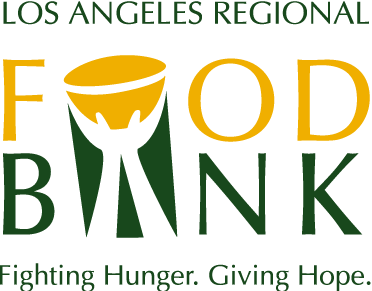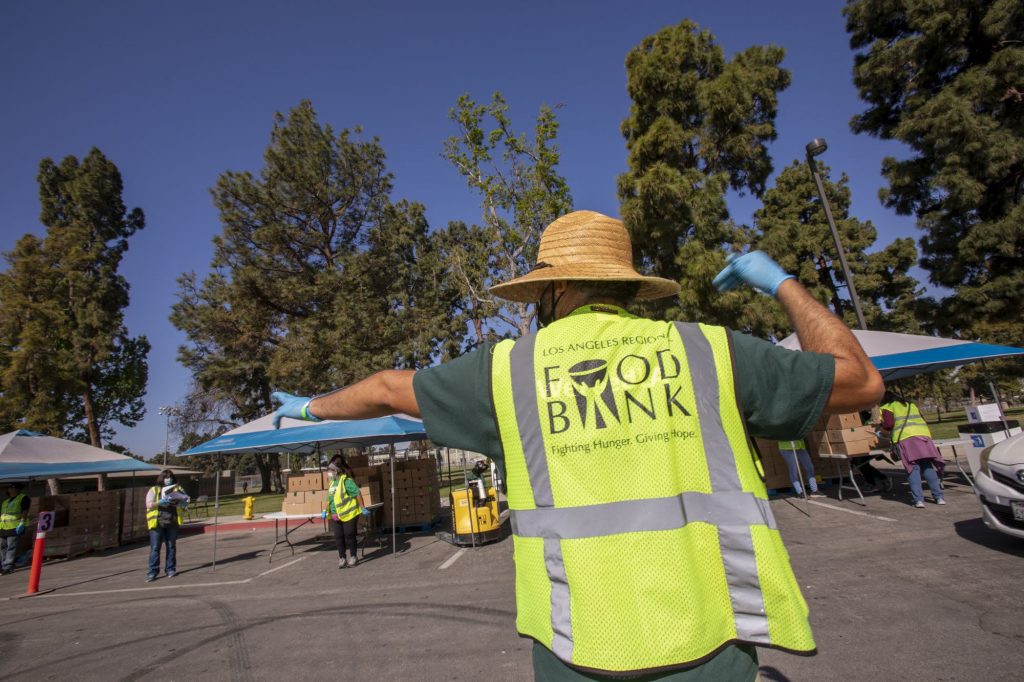Fighting Hunger in the 2010’s: The Impact of Food Insecurity and the Los Angeles Regional Food Bank’s Response
Fighting Hunger in the 2010’s: The Impact of Food Insecurity and the Los Angeles Regional Food Bank’s Response
As the early 2000’s came to a close, the Los Angeles Regional Food Bank continued to combat hunger and food insecurity in Los Angeles County. The following decade, the 2010’s, presented new challenges and opportunities for addressing the persistent issue of food insecurity. During this time, the Food Bank expanded its programs and forged key partnerships.
Food Insecurity in Los Angeles County
Despite being a thriving metropolitan area, Los Angeles County grappled with high levels of food insecurity in the 2010’s. Economic struggles related to the recent recession, stagnant wages, and the high cost of living contributed to the ongoing challenges faced by many families and individuals. Approximately 1 in 5 residents of the county experienced food insecurity during this period, with children and seniors being particularly vulnerable.
Expanding Food Bank Programs and Initiatives
To tackle the growing issue of food insecurity, the Los Angeles Regional Food Bank expanded programs and initiatives throughout the 2010’s. Building on the successes of the previous decade’s programs, including the Mobile Food Pantry Program; Nutrition Education Program; and the Food Stamp (now called CalFresh) Outreach Program, the Food Bank introduced innovative strategies to reach more individuals and families in need.
The Food Bank also focused on developing targeted programs to address child hunger. This included expanding children’s nutrition initiatives, such as the expansion of the BackPack Program, which provided weekend meals for food-insecure children, and the expansion of the Summer Lunch and Breakfast programs to ensure access to nutritious meals during school breaks.
The Food Bank extended its reach to seniors through programs like the Senior Nutrition Program, ensuring older adults had access to healthy food options and proper nutrition. The Fresh Produce and Perishable Food Program expanded, enabling the Food Bank to distribute fresh and nutritious food to individuals and families in need.
Overall, food distribution, thanks to the ongoing support from generous community members, has increased dramatically in the 2000’s.
| YEAR | POUNDS |
|---|---|
| 2000 | 32,000,000 |
| 2001 | 38,000,000 |
| 2002 | 45,500,000 |
| 2003 | 42,700,000 |
| 2004 | 44,700,000 |
| 2005 | 41,100,000 |
| 2006 | 38,900,000 |
| 2007 | 34,200,000 |
| 2008 | 39,400,000 |
| 2009 | 54,800,000 |
| 2010 | 62,400,000 |
| 2011 | 60,300,000 |
| 2012 | 51,100,000 |
| 2013 | 60,700,000 |
| 2014 | 59,200,000 |
| 2015 | 62,900,000 |
| 2016 | 67,000,000 |
| 2017 | 68,500,000 |
| 2018 | 67,800,000 |
| 2019 | 81,800,000 |
| 2020 | 174,700,000 |
| 2021 | 131,100,000 |
| 2022 | 110,600,000 |
New fundraising programs were created as well, and forming new partnerships increased the ability of the Food Bank to fight hunger. One notable program was the “Taste of the Rams,” a partnership between the Food Bank and the Los Angeles Rams, the returning NFL team. This annual event became a cornerstone in raising funds and awareness for the Food Bank. Since its inception, “Taste of the Rams” has generated over a million dollars, enabling the Food Bank to significantly enhance its operations and support more community members facing hunger.
Additionally, the Food Bank expanded its outreach efforts through strategic collaborations with community-based organizations, schools, and local government agencies. These partnerships helped establish vital distribution channels and increased access to nutritious food for underserved populations and would soon prove vital as the COVID-19 pandemic (the topic of next month’s post) lurked around the corner.
Promoting Advocacy and Building Alliances
In the 2010’s, the Los Angeles Regional Food Bank also intensified its advocacy efforts. Recognizing that addressing the root causes of hunger required systemic change, the Food Bank actively engaged in advocating for policies that supported low-income families, increased access to healthy food, and fostered food security.
Collaborating with other nonprofit organizations, the Food Bank worked to amplify the voices of those affected by food insecurity and pushed for legislative and policy changes at local, state, and national levels. The aim was to ensure that vulnerable populations had access to necessary resources, including federal nutrition assistance programs like SNAP and WIC.
The 2010’s were marked by concerted efforts to alleviate food insecurity in Los Angeles County. The Los Angeles Regional Food Bank, through program expansion, strategic partnerships, and advocacy, made significant strides in fighting hunger and improving access to nutritious food. However, the challenges persisted, emphasizing the need for ongoing collaboration, innovation, and community support. As the Food Bank looks to the future, it remains dedicated to its mission of creating a hunger-free Los Angeles County for all its residents.





